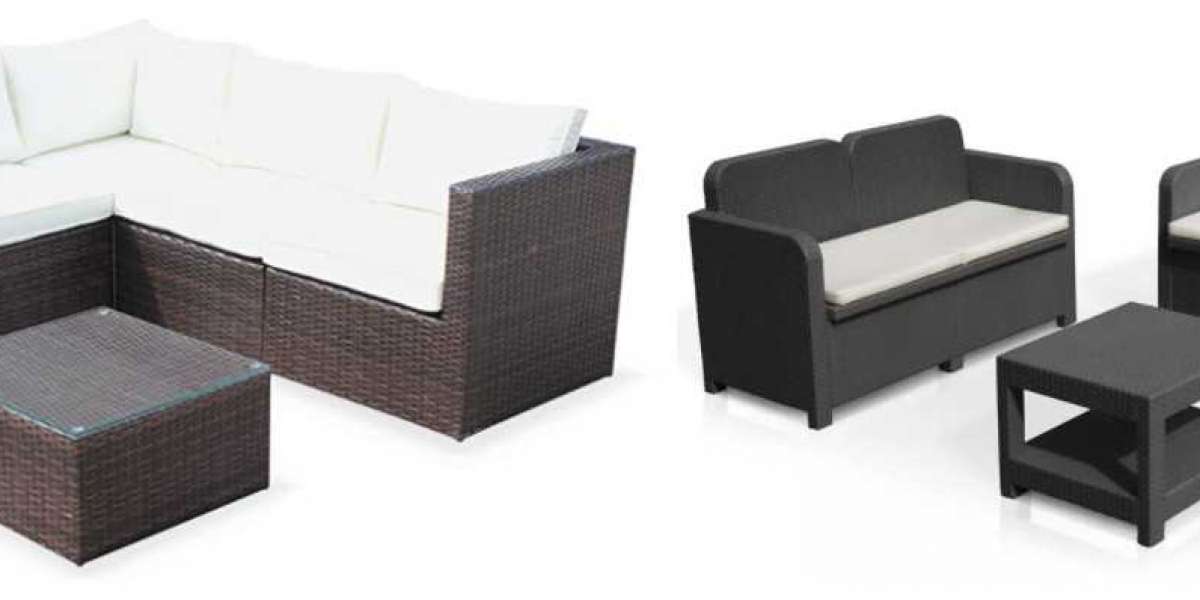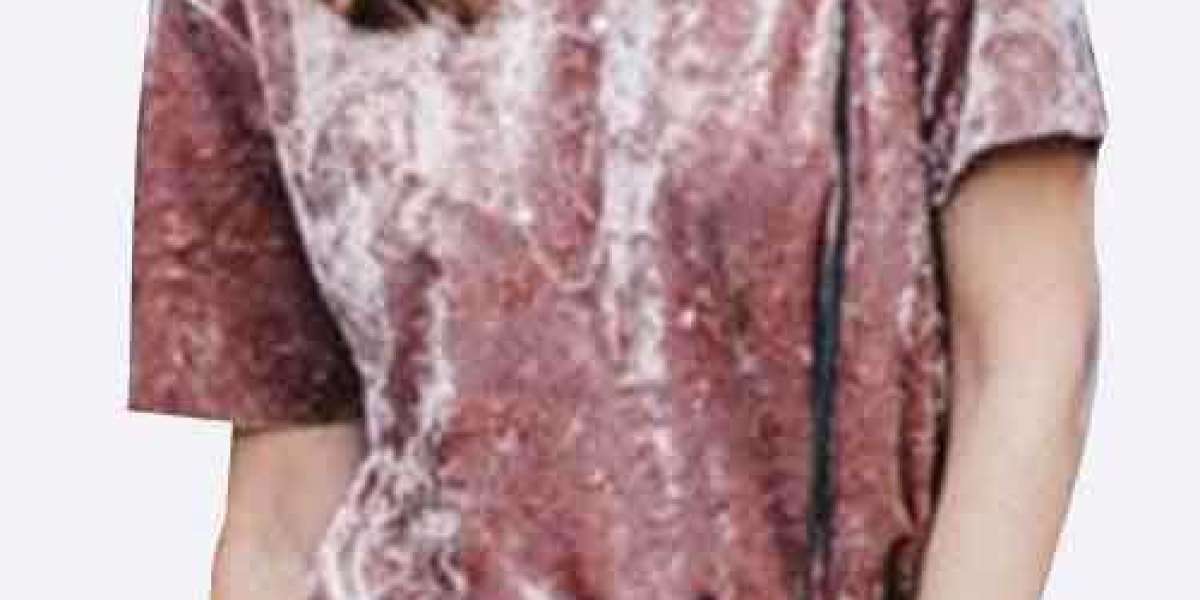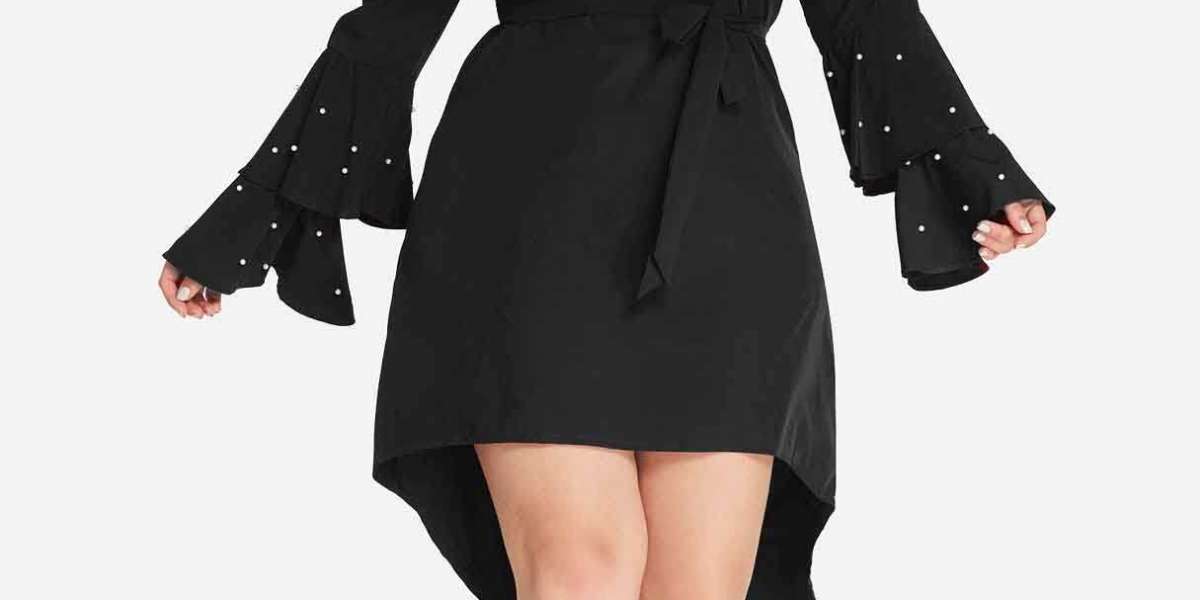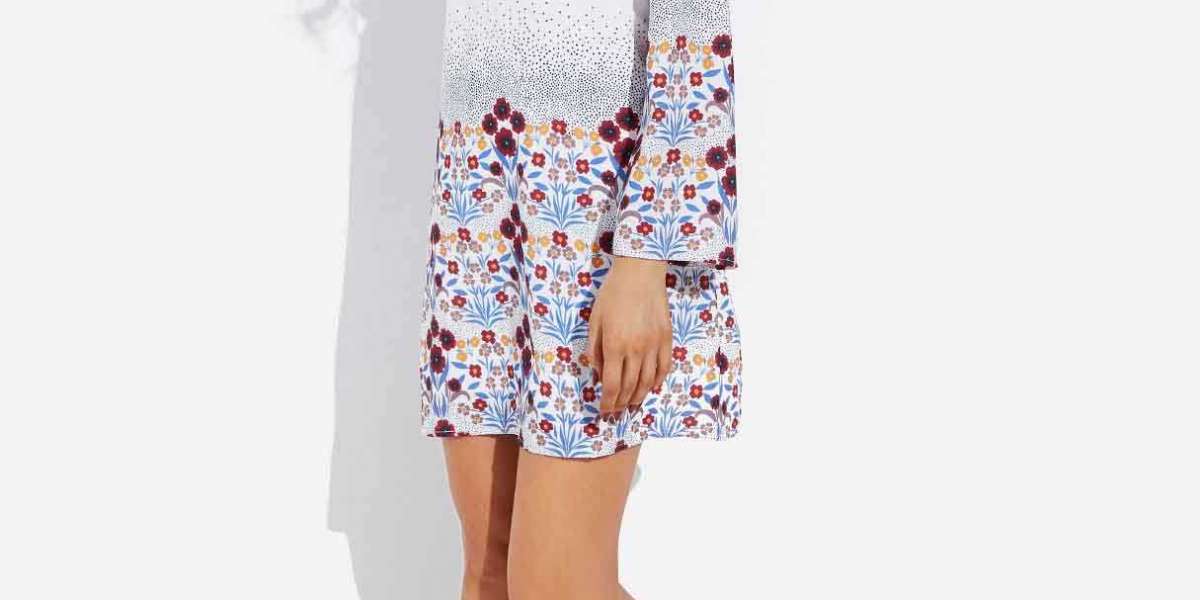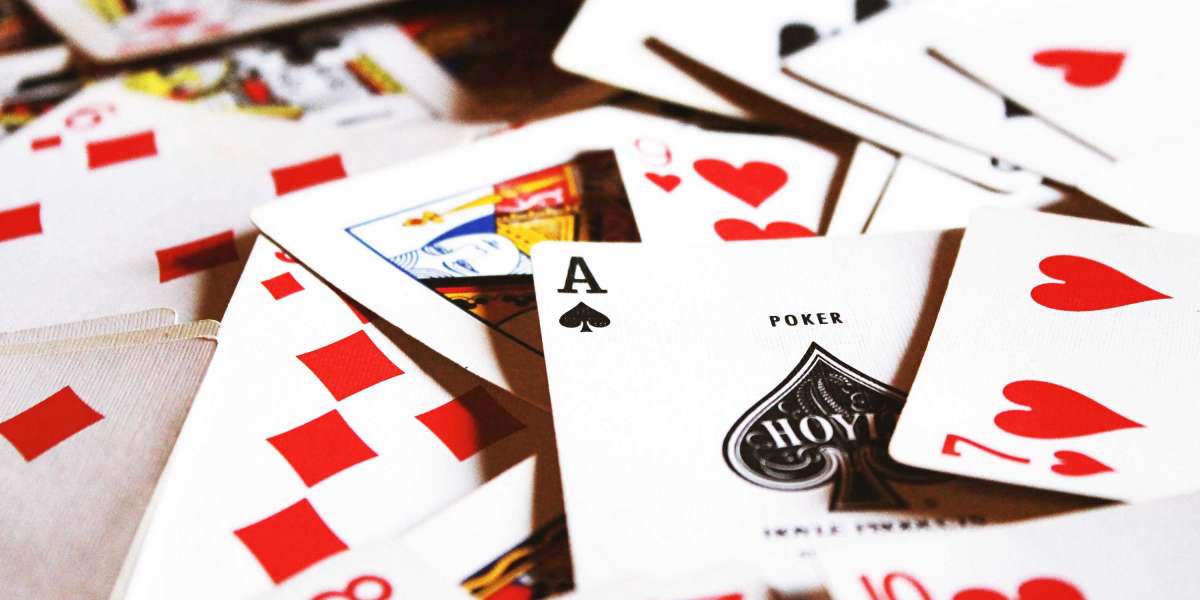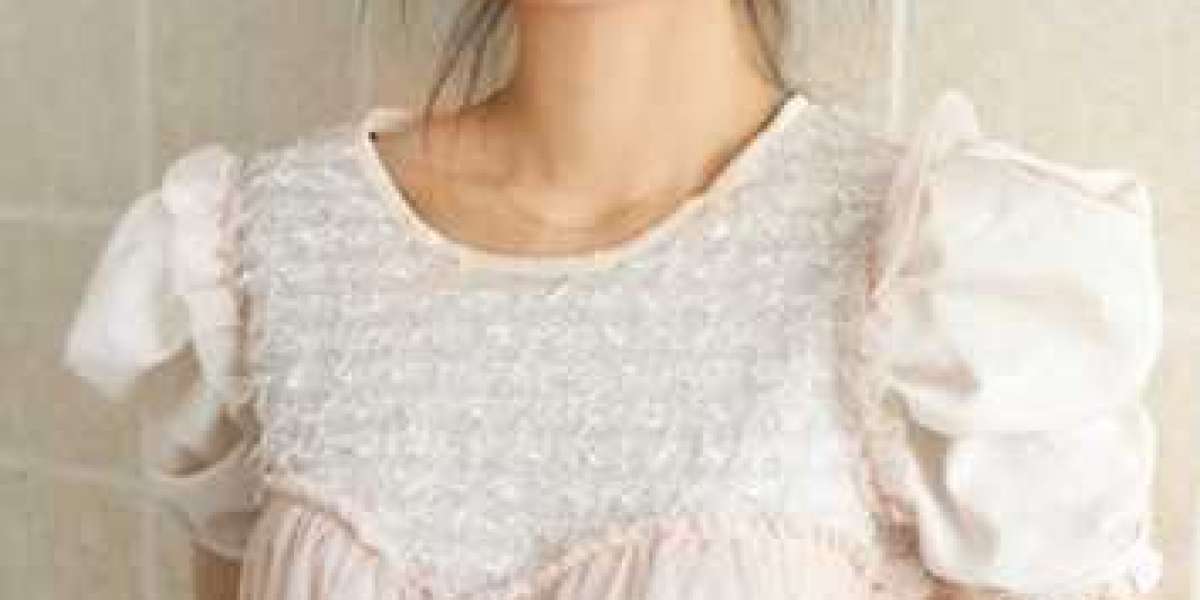Choosing the best material for Garden Lounge Set is a matter of research and education. You have to know how materials compare in terms of price, durability, and of course looks. Outdoor furniture is made from different materials, each one having its own pros and cons.
When looking for the right material for your outdoor furniture, remember that your benches, tables and chairs need to withstand the weather conditions you experience throughout the year. Since your outdoor furniture is a significant investment, you’ll want to choose products that’ll last for years to come. Choose furniture styles and materials that can withstand these outdoor conditions:
Rain and Moisture Damage
If your local environment has frequent rainstorms or high humidity throughout the year, you need your outdoor furniture to withstand water damage. Standing water and excess moisture in the air can wear down your decor and cause permanent issues, such as:
Mold, mildew and rot: Moisture and humid weather promote fungi and other microbial growth. Besides creating unsightly stains, mold and mildew on your furniture can also cause health issues, such as respiratory problems and irritations in the ear, nose and throat.
Rust and corrosion: Metal furniture with iron or steel can rust when exposed to oxygen and water. As metal furniture corrodes, it weakens and develops permanent spots and discoloration. Since salt and water in the air can make metal deteriorate more quickly, it’s not suitable for coastal climates.
Warping: When water penetrates certain furniture surfaces, it can dry unevenly and cause warping. You may not notice it at first, but with prolonged exposure to moisture, your furniture can show signs of twisting throughout the surface, misaligned seams or loosened screws.
Mold, Mildew Rot
Humid or moist conditions create an environment where various fungi thrive. Organic materials that retain water are susceptible to mold and mildew, which can cause respiratory problems, irritation and other health issues. However, they typically don’t damage the material and can be cleaned off. Rot, on the other hand, leads to biodegradation and decomposition (decay) of the material.
Rust Corrosion
Metals that contain iron or steel are vulnerable to corrosion when they are continually exposed to water and oxygen. The corrosive oxidation process slowly weakens these metals, resulting in visible rust and other discoloration. Salt in the air and water accelerates the chemical process, so rusting is often more prevalent in coastal regions.
Warping
Materials that allow water penetration can dry unevenly, resulting in warping (twisting or bowing) of the original shape. Initially, it may be imperceptible, but over time it can noticeably distort the material, misalign seams and loosen screws and other fasteners used to hold the furniture together.
Cost
At the end of the day, most everyone looks at the financial implications of choosing one material over another for furniture. You need to stay within your budget, but it’s also important to understand how expensive materials are in the long run and their price versus benefits value. Will it need to be replaced frequently? Does it take an inordinate amount of time and effort to maintain? These are key cost considerations that you might not immediately think of when evaluating alternatives.
I recommend you visit the site insharefurniture , it is a professional outdoor rattan set and Leisure Chair manufacturer. Hopeful it can help you choosing the right Plastic Rattan Set for you home, garden and office.
